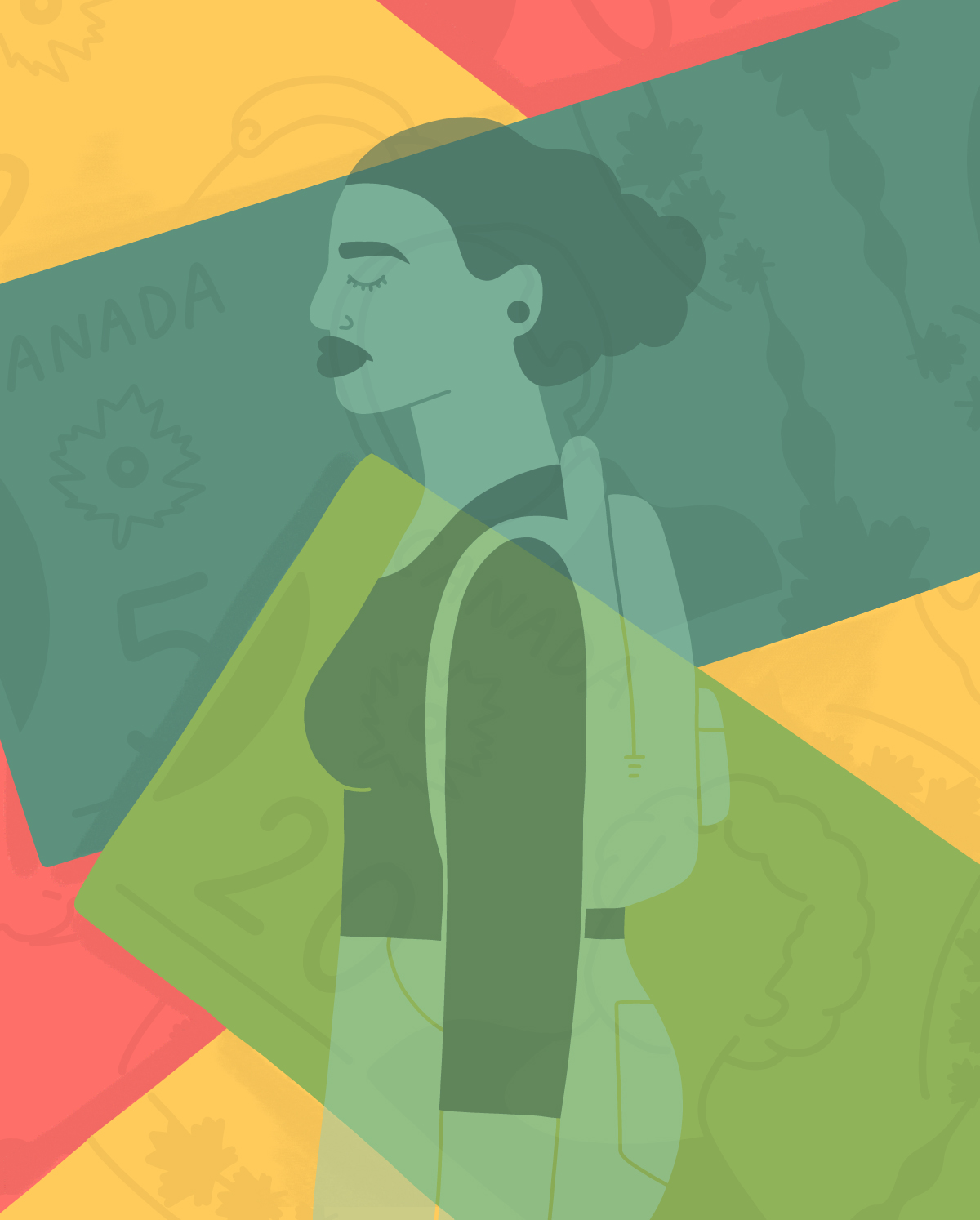To See Is To Remember
/By Aaditya Aggarwal
Early on in This River — Erika MacPherson & Katherena Vermette’s 2016 documentary film dialoguing Indigenous loss and grief, honouring missing and departed loved ones — you feel yourself move. Not only do you shift, or shuffle, or feel a weight massage, then lift from your chest; you leave land.
A river pulls you in, it draws you into its froth and curve. The Red River carries Vermette, travelling as narrator, seated on Drag the Red, the boat cleaving through its muddy waters. “The river is the reason we are here,” she says, her hair trailing the wind as your gaze glides. “That’s why the city is here. It was built around this river.”
The river, the site where the body of 15 year-old Tina Fontaine was discovered in 2014, guides you to stories of other losses. Drag the Red, a volunteer-led collective sailing across Red River, combs through the depths of the water to search for traces of missing and murdered persons. It oversees a sighting that is unfacilitated, disregarded by the settler state.
This River, studying this undertaking through a conversation between Vermette and Kyle Kematch, was followed by “What Brings Us Here.” A National Film Board project on Instagram, @whatbringsushere documents the everyday of the people that form part of Drag the Red, as well as Bear Clan Patrol, two organizations assisting in safekeeping care, survival and memory for Indigenous youth in Winnipeg, from October to December 2016. The visual guide archives the routine efforts and triumphs of these two collectives as they navigate the fateful river and the North End neighbourhood respectively.
Here, Instagram images are bookended by breathtaking, visionary stills: first, Bear Clan Inc co-founder James Favel’s back faces us as he looks ahead into North End’s sunlit horizon; and last, Mark Reimer’s capturing of a river’s expanse, shadowed by overcast, mid-day clouds, says, “Thank you” and not “Goodbye,” as though promising return.
Scrolling through this page, one beams at portraiture—faces and busts of Indigenous elders, organizers, survivors, those grieving, those remembering, those fighting. “What brings you here?” each participant being photographed was asked. The answers are not quite conclusive; they foretell hope in grief, a captioning completed by an accompanying glance. These responses are punctuated by images of the land, ravines, a winding road, a deep river.
The site of the landscape makes this movement. It instills pride, enabling continuity. It settles here, with portraits that are glorious, soft, unremarkable, and all the more resilient for it.















